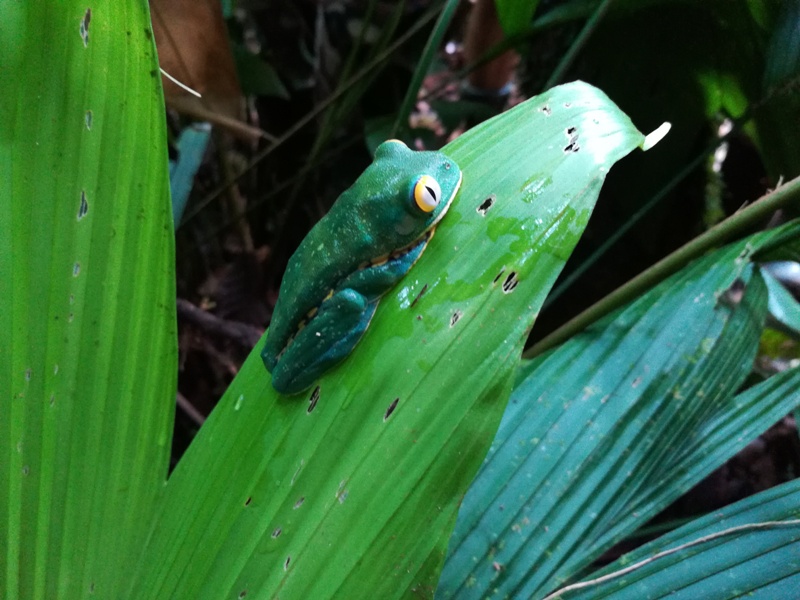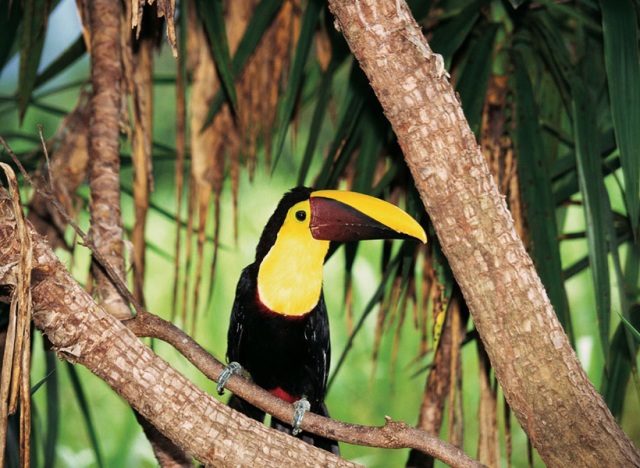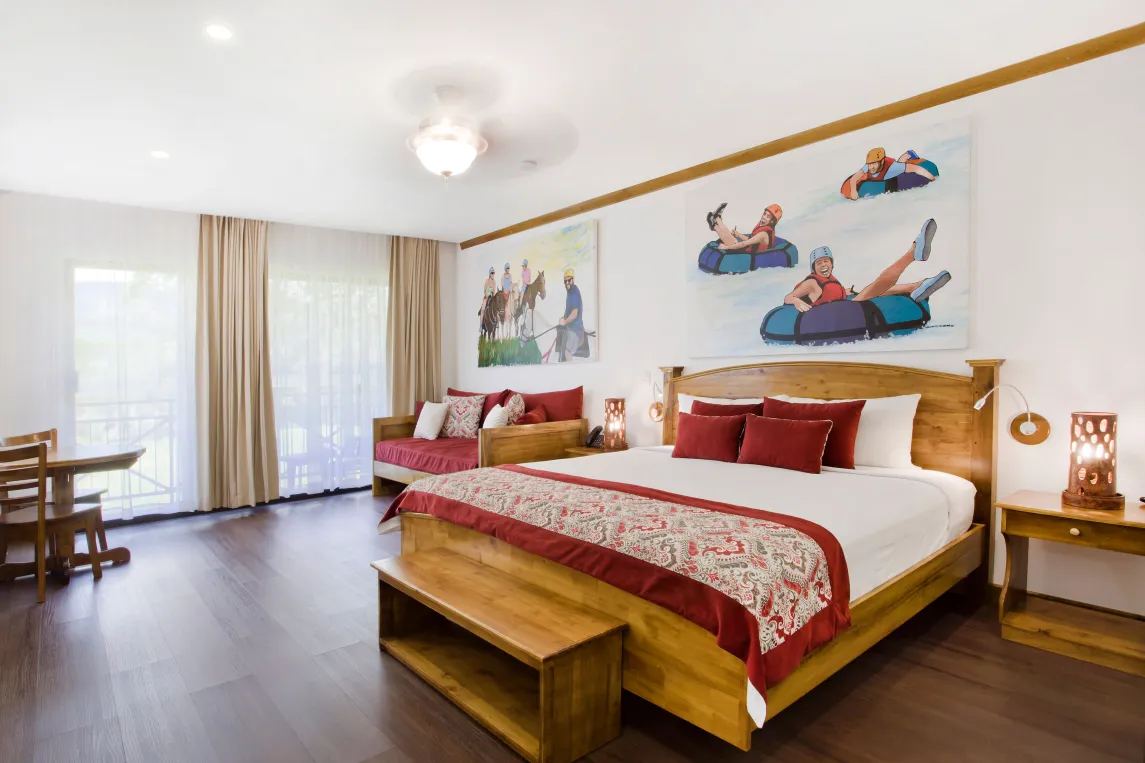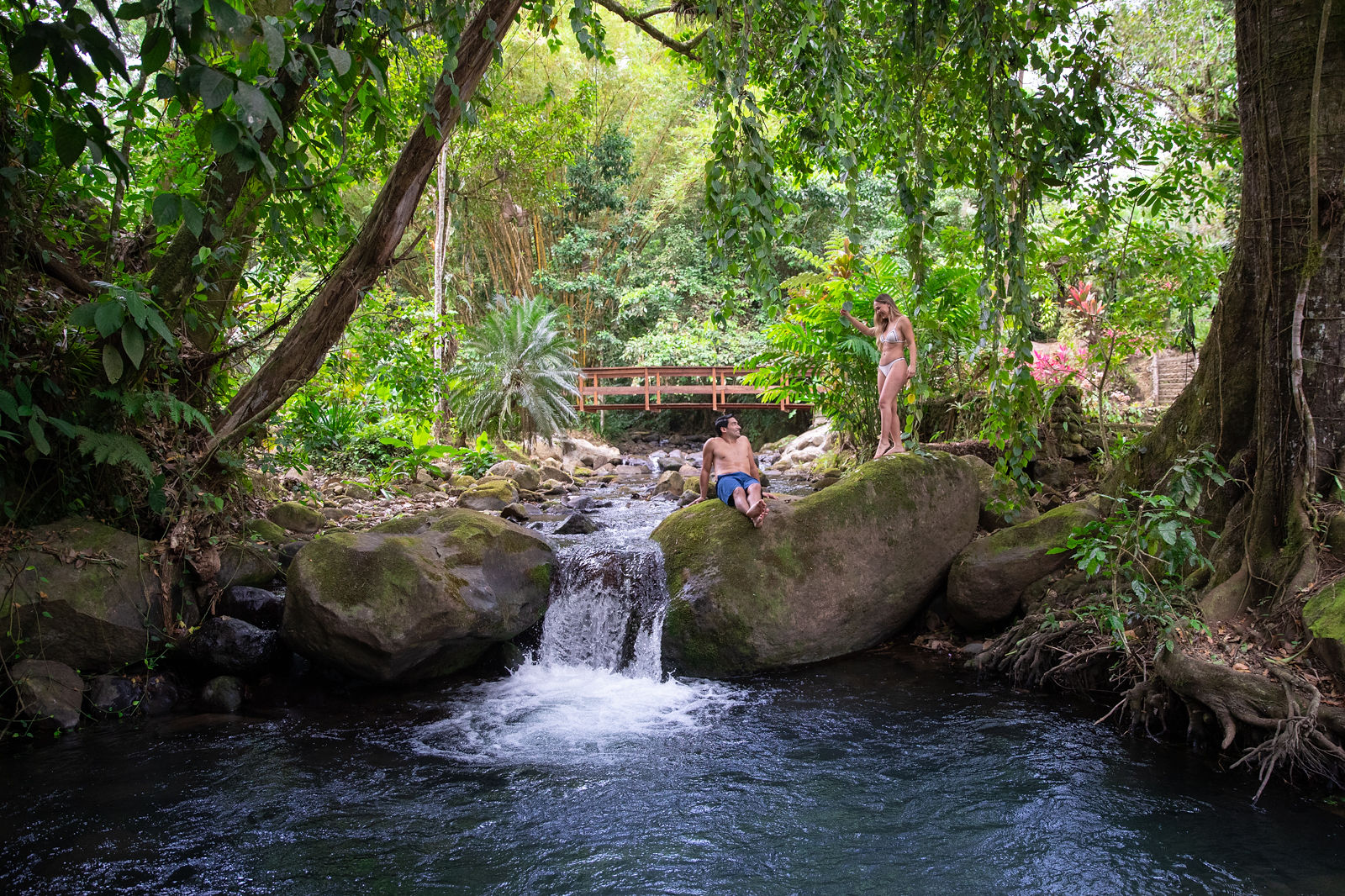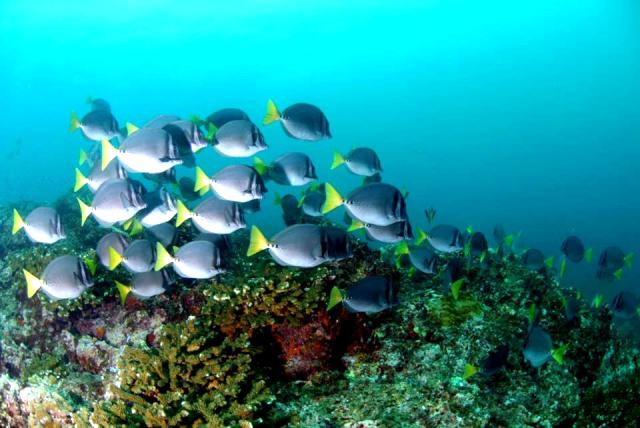 Coral reefs are considered one of the most diverse and complex ecosystems that exist on the planet. Perhaps one quarter of all ocean species depend on these unique marine ecosystems, teeming with life, for food and shelter. For this reason, coral reefs are often called the “rainforests of the sea”.
Coral reefs are considered one of the most diverse and complex ecosystems that exist on the planet. Perhaps one quarter of all ocean species depend on these unique marine ecosystems, teeming with life, for food and shelter. For this reason, coral reefs are often called the “rainforests of the sea”.
They grow in shallow, clear water to a depth of 60 meters (197 feet) in tropical and subtropical seas. Corals are live animals related to sea anemones. Stony corals – the most popular coral in the tropics – build structures out of calcium carbonate that form tropical reefs.
Coral reefs are very important to humans, providing food (all the fish species), protection of shorelines, jobs based on tourism, and even medicines. Unfortunately, people also pose the greatest threat to coral reefs, which are being destroyed at an alarming rate by pollution, overfishing, accelerated coastal development, sedimentation, and other factors. One-tenth of the world’s coral reefs have been destroyed and nearly a third of them are in serious danger, according to scientists.
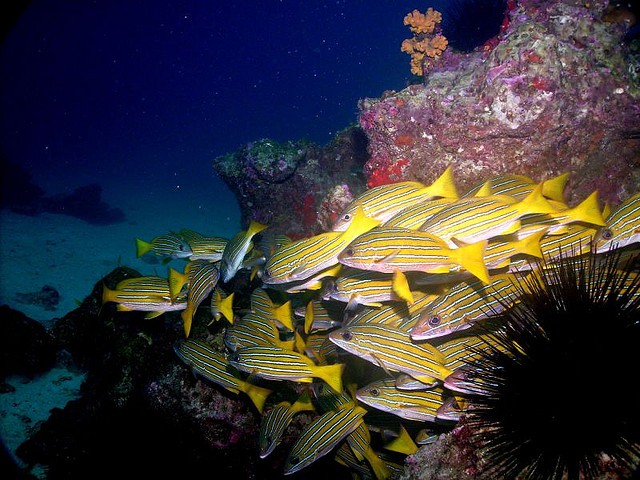 In the southern Pacific gulf of Golfo Dulce in Costa Rica, live coral coverage was 29% to 46% at the end of the 1980’s, but it was reported as being less than 10% since the end of the 1990’s, due to sedimentation by deforestation and other factors.
In the southern Pacific gulf of Golfo Dulce in Costa Rica, live coral coverage was 29% to 46% at the end of the 1980’s, but it was reported as being less than 10% since the end of the 1990’s, due to sedimentation by deforestation and other factors.
In an effort to help restore coral reefs in the Golfo Dulce, the Costa Rica eco-hotel Playa Nicuesa Rainforest Lodge has been collaborating with the University of Costa Rica (UCR) and the National Institute of Learning (INA) on the study project: “Ecological regeneration of coral populations present in the South Pacific of Costa Rica.” Since June 2015, Nicuesa Lodge staff and university biologists have been creating coral reef “nurseries,” transplanting fragments of coral onto artificial structures to grow coral gardens.
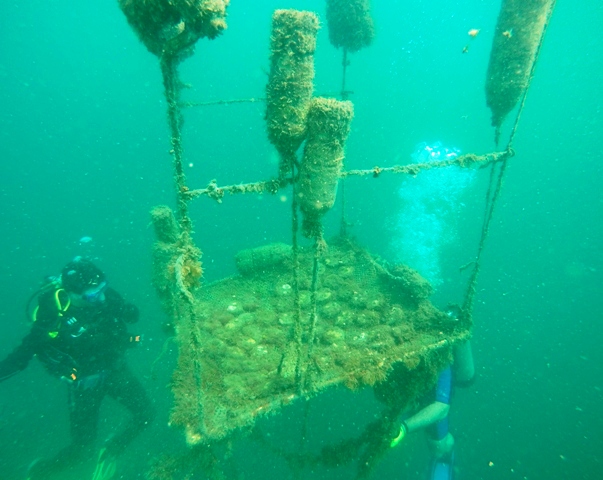 So far, according to Nicuesa Lodge Sustainability Coordinator, Natalia Solis, coral is successfully growing and they are planning to create another structure off the beach in the small bay by the Costa Rica eco-lodge.
So far, according to Nicuesa Lodge Sustainability Coordinator, Natalia Solis, coral is successfully growing and they are planning to create another structure off the beach in the small bay by the Costa Rica eco-lodge.
“We have made an exploratory dive to determine if conditions are optimal at Playa Nicuesa to mount another structure that will serve as a garden to help the ecological regeneration of corals,” explained Solis. “In fact, a part of the bay is optimal for the placement of the structure so we will continue to facilitate the care of corals and their monitoring.”
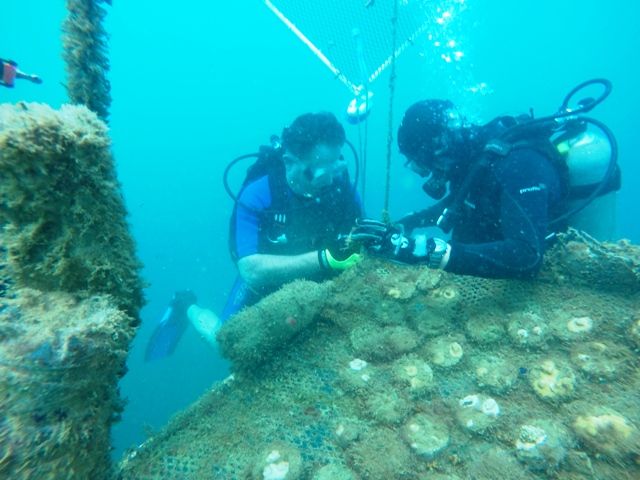 Eco-hotel Playa Nicuesa Rainforest Lodge at Golfo Dulce
Eco-hotel Playa Nicuesa Rainforest Lodge at Golfo Dulce
On the inside of Costa Rica’s Osa Peninsula, the “sweet gulf” of Golfo Dulce is one of only four tropical fjords in the world. Its calm and very clear jade green-blue water makes it easy to see abundant marine life – like migrating endangered Pacific humpback whales that take refuge here from August to October, endangered hammerhead sharks and dolphins.
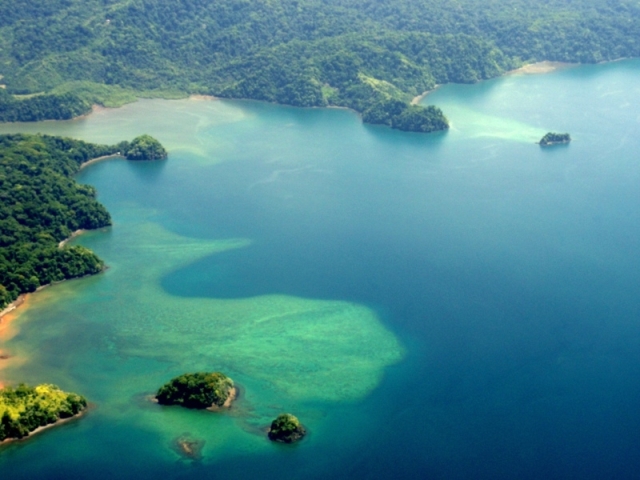 Accessible only by boat, Playa Nicuesa Rainforest Lodge sits on a pristine beach and tranquil little bay of Golfo Dulce, with a 165-acre private rainforest preserve surrounded by the wild Piedras Blancas National Park. Nicuesa Lodge offers a unique opportunity for both a beach and rainforest holiday in one location.
Accessible only by boat, Playa Nicuesa Rainforest Lodge sits on a pristine beach and tranquil little bay of Golfo Dulce, with a 165-acre private rainforest preserve surrounded by the wild Piedras Blancas National Park. Nicuesa Lodge offers a unique opportunity for both a beach and rainforest holiday in one location.
Celebrating its 12th anniversary in 2015, Playa Nicuesa Rainforest Lodge is one of the first sustainable tourism eco-hotels in Costa Rica and last month was awarded the highest level of the Certification for Sustainable Tourism (CST) program for the second consecutive year.
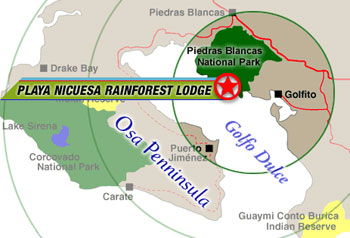 Article by Shannon Farley
Article by Shannon Farley






